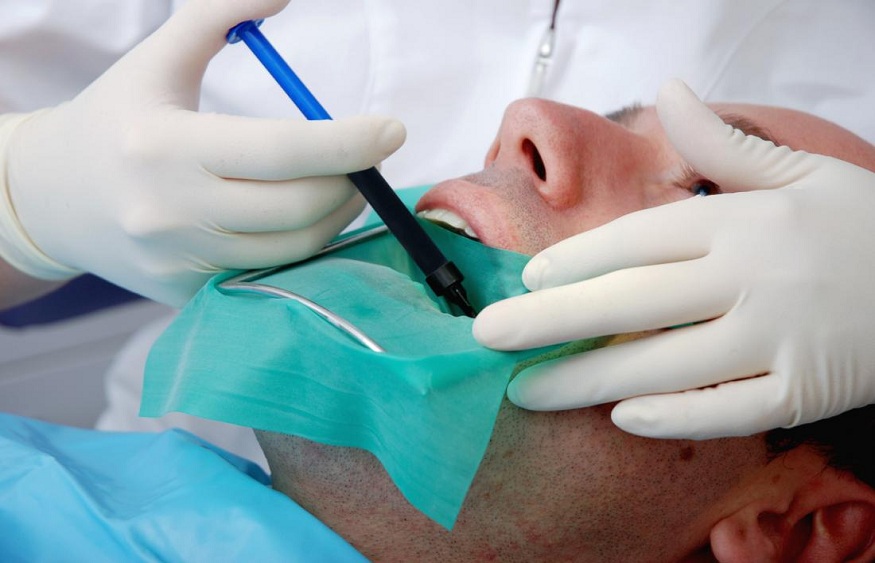Root canal therapy & retreatment in Reno: Your guide to essential facts
Many patients experience immediate anxiety when their dentist tells them about root canal therapy (RCT). That often happens because people don’t understand the procedure or have heard horror stories from others. If a tooth is affected by deep decay, a large cavity, or injury, a standard filling or options like onlays and inlays may not suffice. When the infection reaches the inner chamber and affects the pulp, the only way to save the tooth is through root canal therapy. In this guide, we will discuss more about RCT and retreatment in detail before you visit your trusted family dentistry reno.
What happens during RCT?
Root canal therapy is an endodontic treatment, which focuses on treating an infected tooth. For a small cavity, your dentist can clean the decay and use a filling, but when the decay gets inside the tooth and affects the nerve, blood vessels, and pulp, root canal therapy becomes necessary. The procedure starts with taking X-rays, as the dentist will want to see the structure of the tooth and root canals.
- The dentist will numb the tooth and surrounding gums using local anesthesia.
- They will then place a dental dam to isolate the tooth and keep it free of saliva.
- The next step is to drill an opening to reach the inside of the tooth.
- The dentist will use special dental files to remove the pulp, and decay, and reshape the root canals.
- They will also clean the tooth using special agents.
While RCT can be completed without multiple appointments, a lot also depends on the shape and position of root canals.
What is root canal retreatment?
In rare cases, RCT may fail, and there might be a new infection or decay in a treated tooth. If there is some hope of saving the tooth, the dentist will consider root canal retreatment. The procedure is similar to RCT but may take more time.
RCT and dental crowns
Following root canal therapy, your dentist will usually recommend a restoration called the dental crown. Crowns are custom-made in a lab and can last for as long as 15 years. The purpose of a crown after root canal therapy is to restore the bite and prevent further damage to the now-weak tooth. Your dentist will have to prep the tooth and shape it to create space for the crown. After this, they will take impressions of your bite to order the crown. You have to return to the clinic to get the crown fixed to the tooth.
RCT vs. Extractions
Should you remove an infected tooth? While you may want to consider that to avoid root canal therapy, dentists often try to save the tooth. Extracting a tooth not only affects your bite but can also pose serious concerns, such as loss of bone mass and shifting of other teeth. Also, the cost of RCT is significantly lower than the combined cost of extraction and restorations. No restoration will ever feel the same as your natural tooth.
Dispelling the myths
Firstly, remember RCT is not painful. Both RCT and retreatment are done under local anesthesia. Secondly, the procedure doesn’t cause other complications, as many believe. The success rate of root canal therapy is also high, and most patients experience great results.
Takeaway
If you have questions about root canal treatment, make sure to discuss them with your dentist in Reno before the procedure.


Leave a Reply
You must be logged in to post a comment.